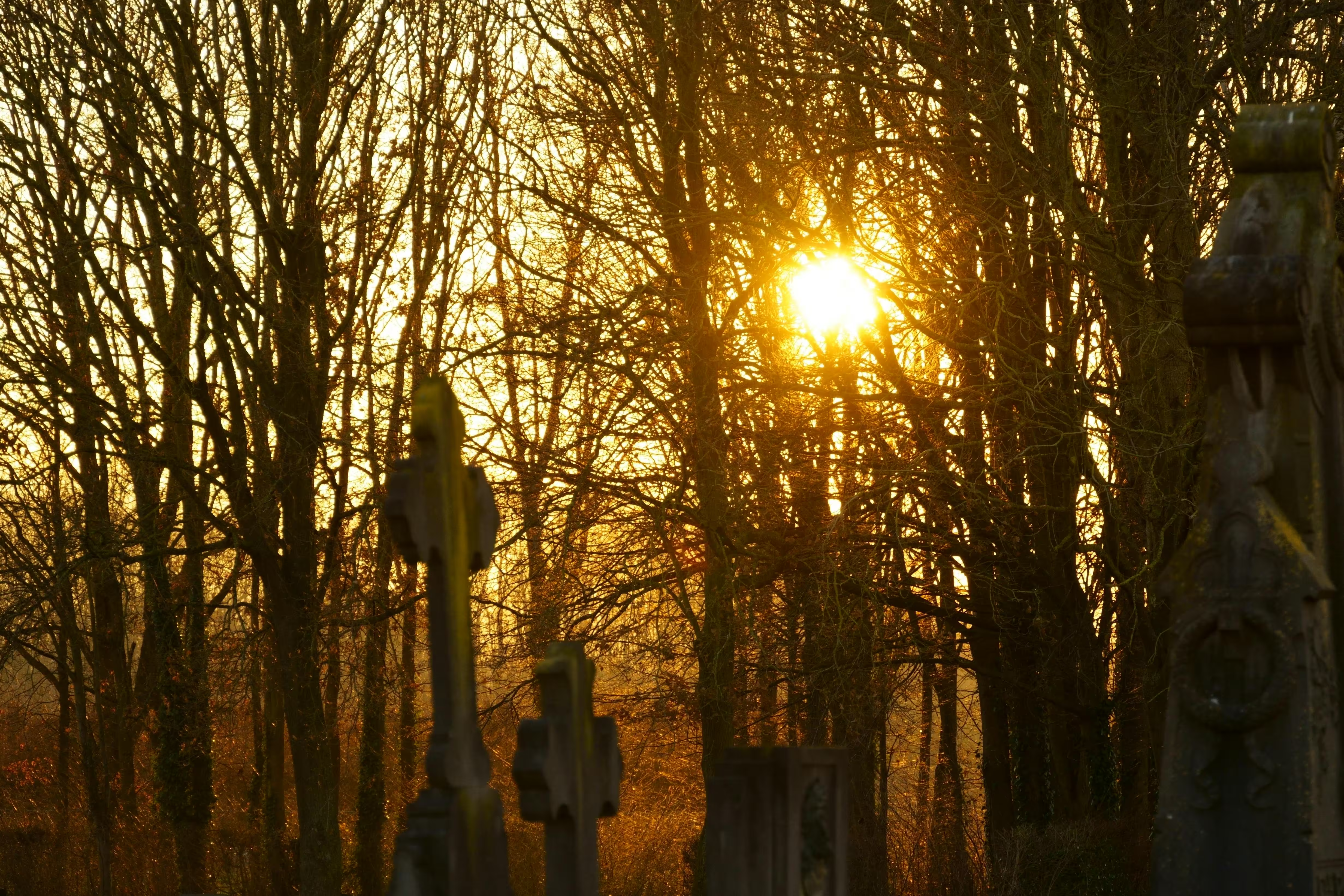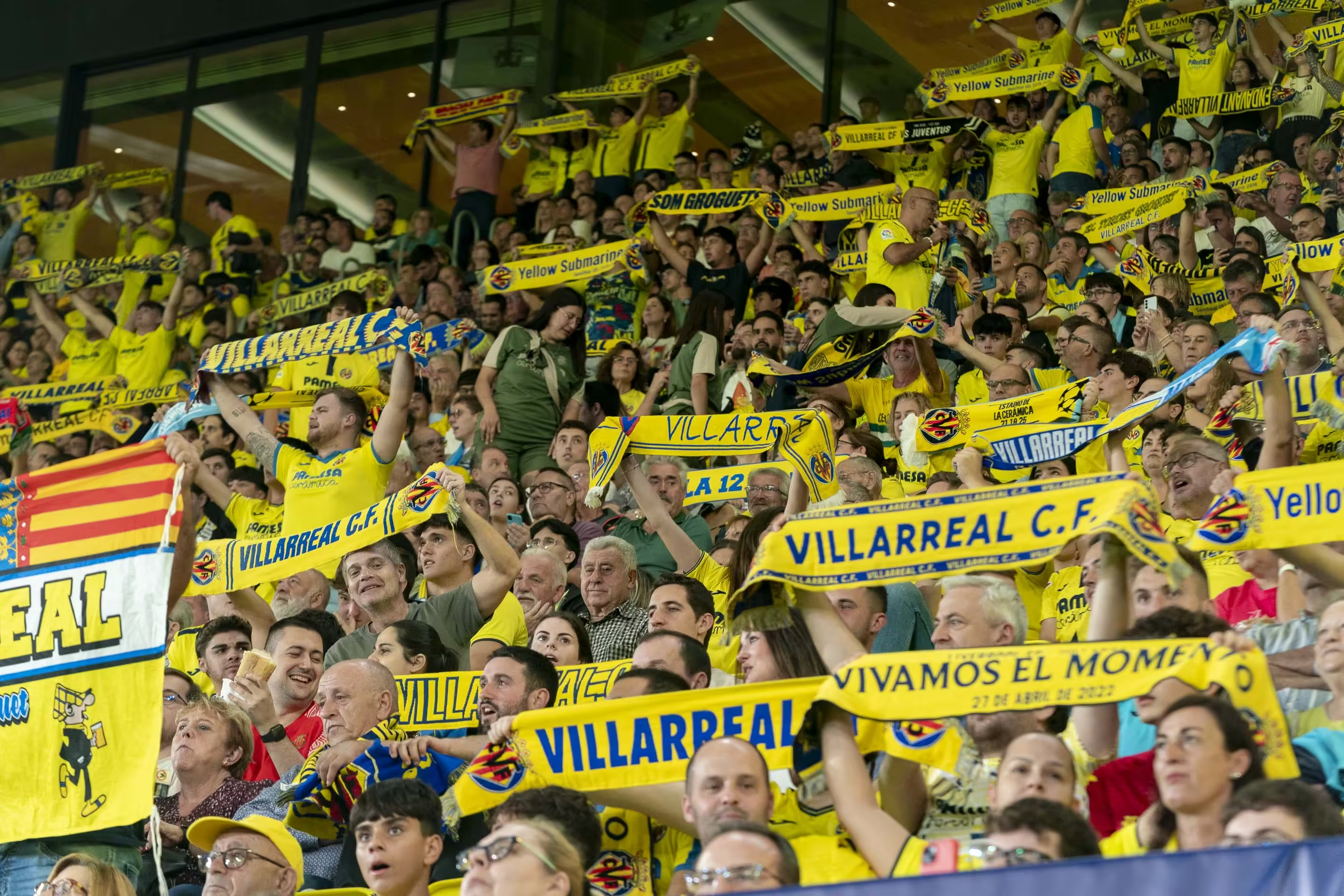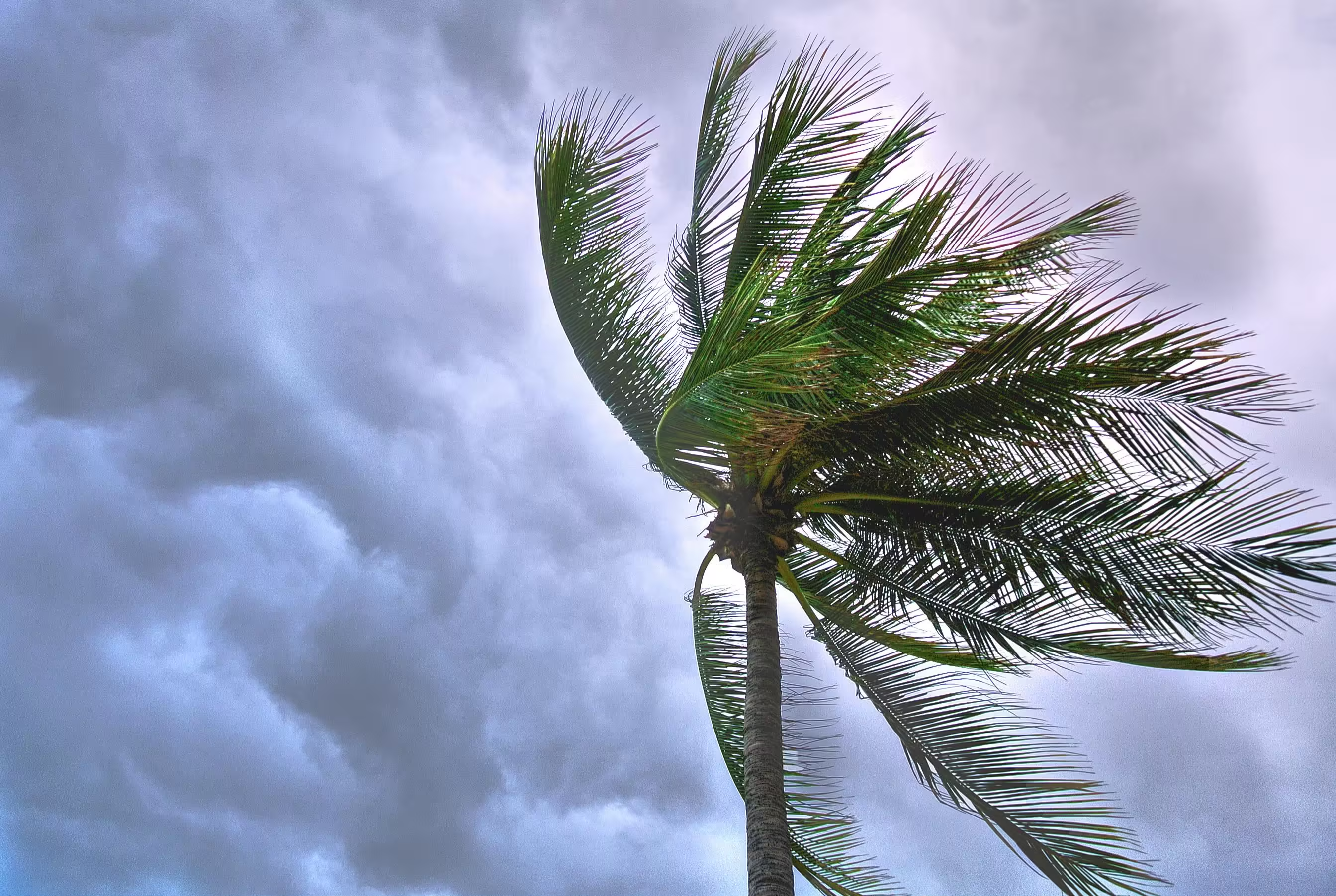November 1st in Spain: All Saints’ Day
November 1st is All Saints’ Day (Día de Todos los Santos), which is an important day in Spain for remembering loved ones who have passed. This year, it lands on a Saturday, so there’s no extra day off for most people, but it’s still an important day on the calendar. Many families use the weekend to visit cemeteries, enjoy traditional foods, and spend time together.
A Bit of History
All Saints’ Day has roots in both ancient pagan festivals and Christian tradition. Long before Christianity arrived in Spain, many European cultures, including Celtic, Iberian, and Germanic peoples, held autumn festivals marking the end of the harvest, the start of winter, and the memory of the dead. These festivals often included the idea that the veil between the living and the dead was thin, making it easier to connect with spirits. When Christianity spread, November 1st was chosen as All Saints’ Day, blending older seasonal rituals with church observances. Over time in Spain, it became a day for family, reflection, and remembering those who have passed.
How It’s Celebrated
People across Spain celebrate in slightly different ways, but some traditions are common:
- Visiting cemeteries: Families clean graves, leave flowers, often chrysanthemums, and light candles. Some even leave small personal items or photographs to honour loved ones.
- Seasonal treats: Many enjoy huesos de santo (“saints’ bones”), a marzipan sweet, and panellets, small almond pastries popular in Cataluña.
- Church services: Lots of people attend mass or other ceremonies to honour the dead.
- Remembering the spirits: Lighting candles and visiting graves can also be seen as a way to connect with loved ones who have passed, acknowledging the “thin veil” between worlds.
It’s a quiet, reflective day, but it’s also about family coming together. In some towns, you’ll find local fairs or music events alongside the more solemn traditions.
Regional Variations
Spain’s regions add their own touch to the holiday:
- In Cataluña, panellets are the go-to treat, and towns often host autumn fairs near the cemeteries.
- In Andalucía, families may gather for communal meals after visiting graves.
- In Galicia, some coastal towns include small fire rituals, echoing old pagan customs linked to the sea and ancestors.
Cultural Notes and Fun Facts
- Chrysanthemums are the flowers you’ll see everywhere on All Saints’ Day in Spain.
- While it’s linked to Halloween, Spanish celebrations focus more on remembrance than costumes.
- Some towns combine tradition with festivity, hosting markets or music events alongside cemetery visits.
- The idea of connecting with the dead is similar to El Día de los Muertos in Mexico, which happens a day later on November 2nd. While Mexico celebrates with bright altars, sugar skulls, and parades, in Spain, the focus is more on quiet reflection, flowers, and candles, but the shared theme is remembering and honouring those who have passed.
Bank Holiday and What’s Open
November 1st is a national holiday, but since it’s on a Saturday in 2025, it doesn’t give people an extra day off.
- Banks and government offices: Closed.
- Shops and supermarkets: Small shops may shut, but bigger chains often stay open part of the day.
- Public transport: Runs on a reduced or Sunday schedule.
Cemeteries and cultural sites can still be busier than usual, as families stick to the tradition of visiting loved ones’ graves.
Tips for Visitors and Expats
- Visit cemeteries later in the day to avoid the morning crowds.
- Check opening hours for restaurants, especially in smaller towns; tourist areas are usually fine.
- Enjoy the local culture: try seasonal foods, see how families remember their loved ones, and soak up the autumn atmosphere.
A Time to Remember
All Saints’ Day marks the start of winter in Spain and is a moment to pause, reflect, and connect with family. It’s a day that mixes ancient customs with Christian tradition, acknowledging the connection between the living and the dead, and it remains an important part of Spanish life, even on a Saturday.
Share this content:




Post Comment